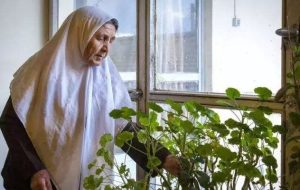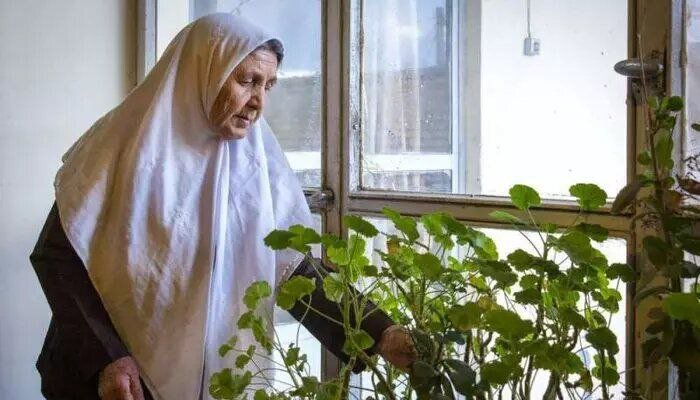National plan prepared to empower elderly women
TEHRAN –A national plan to empower the elderly women has been prepared and is scheduled to be unveiled soon, Mojgan Rezazadeh, head of the secretariat of the National Council of the Elderly, has announced. Referring to the aging population of the country, the official said the society will face different challenges unless actions are taken


TEHRAN –A national plan to empower the elderly women has been prepared and is scheduled to be unveiled soon, Mojgan Rezazadeh, head of the secretariat of the National Council of the Elderly, has announced.
Referring to the aging population of the country, the official said the society will face different challenges unless actions are taken beforehand to address social and economic problems and improve livelihood and self-care for the elderly people, IRNA reported.
The plan focuses on training elderly women by raising their awareness about aging, support systems, referral systems, and any other issues related to aging. The target society will be selected by the National Council of the Elderly, Rezazadeh noted.
The other main objective is to help elderly women stay active, and provide the best facilities for them by adapting the society to the presence of elders, she added.
Iran’s transition into an aging country ‘inevitable’
Considering the fact that the fertility rate in Iran is stabilized at around 1.6 children per woman, which is much lower than the rate required to replace its aging population, the transition of society from young to middle-aged has become inevitable.
According to the first five-year national development plan (1989-1993), the policies focused on lowering the total fertility rate from 6.4 children in the Iranian year 1365 (1986) to 4 children in 1390 (2011) and reducing the population growth rate from 3.2 to 2.3 percent in the same period, IRNA quoted Mohammad-Javad Mahmoudi, an official with the National Institute for Population Research, as saying.
However, the taken measures, back then, led to a wide transformation and change in population indicators and a noticeable decrease in population growth and fertility rate far beyond the set goals of the first development plan in the country, the official noted.
The results of the census in 2011 and 2016 showed that the trend of the country’s demographic changes had a significant deviation from the goals of the first five-year development plan, the official noted.
The population growth in 2011 and 2016 was announced to be 1.29 and 1.24, respectively. The figure reached 0.7 in the past Iranian year (March 2023 –March 2024).
According to the latest census, the number of aged citizens in the country is growing by 3.62 percent which is five times faster than the total population growth rate, which is 1.24 percent.
In Iranian year 1385 (2006-2007), there were 5,121,043 men and women aged above 60. In 2015, 10 percent of the country’s population was older than 60, ISNA quoted Mohammad-Javad Mahmoudi, an official with the National Institute for Population Research.
In the next 30 years, the population aged 60 years or older is projected to hold a 32 percent share of the whole population, that is, the elderly will account for one-third of Iran’s population by 2050, the official noted.
Currently, men and women aged above 60 constitute some 11.5 percent of Iran’s population, an official with the health ministry has said.
For the time being, elderly women account for 52.3 percent of the total population, outnumbering men (47.7 percent), ISNA quoted Saber Jabbari as saying.
MT/MG
